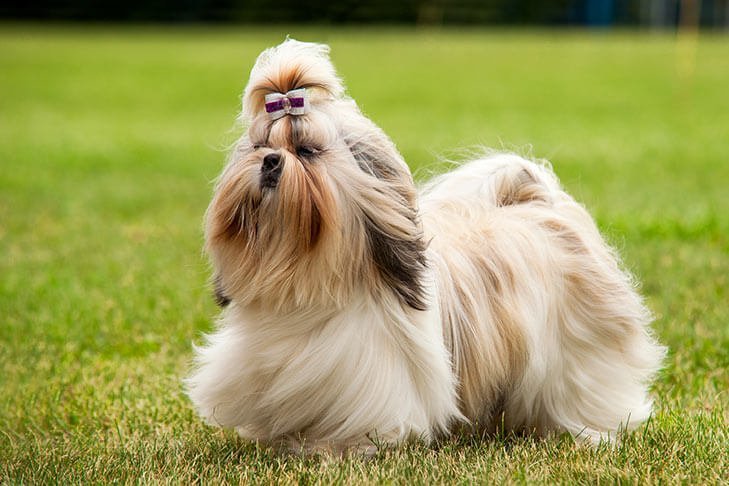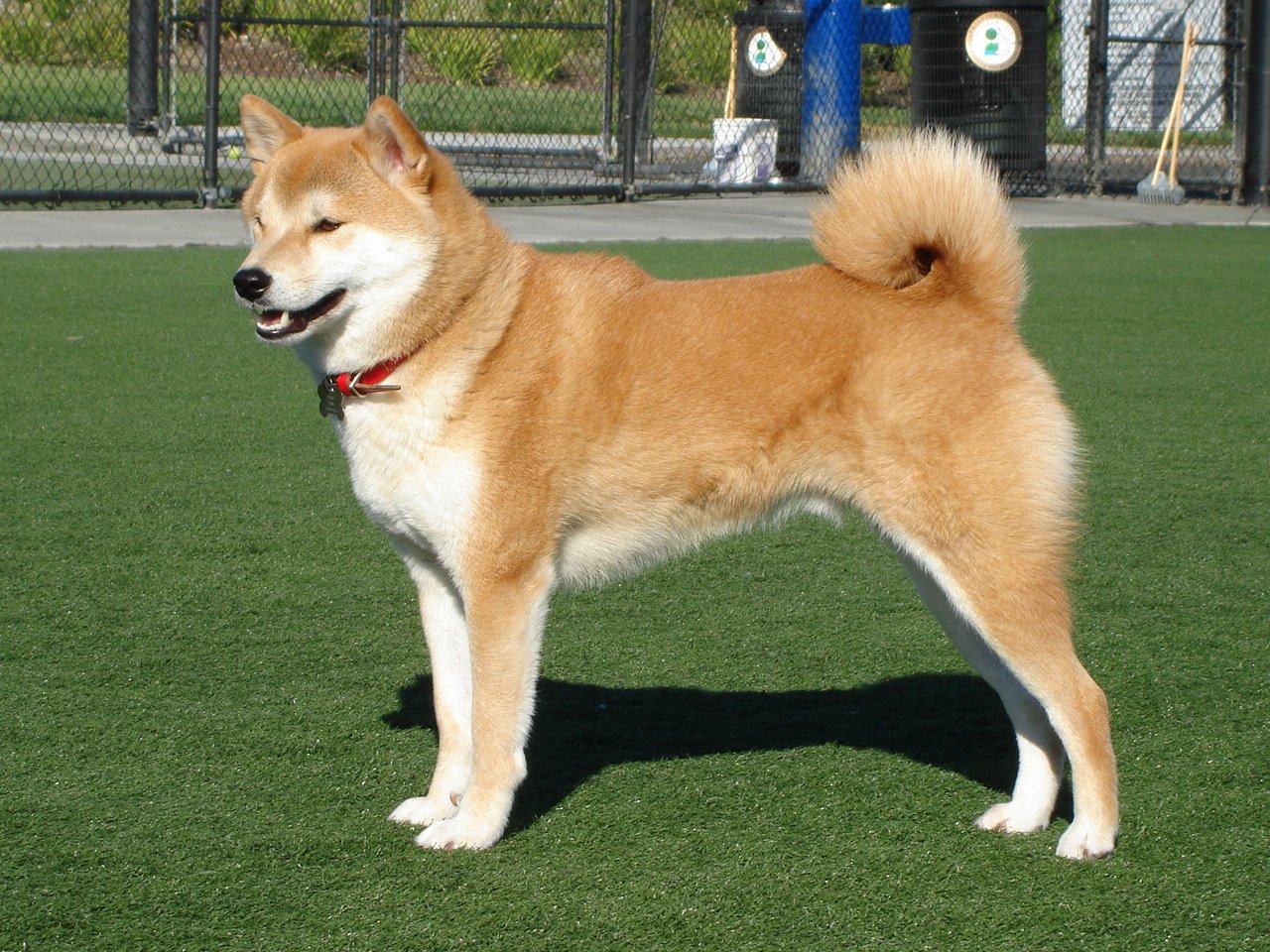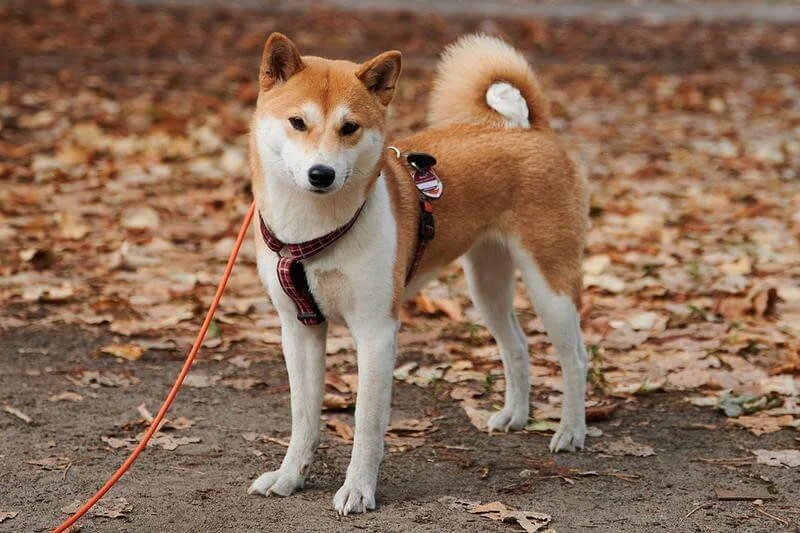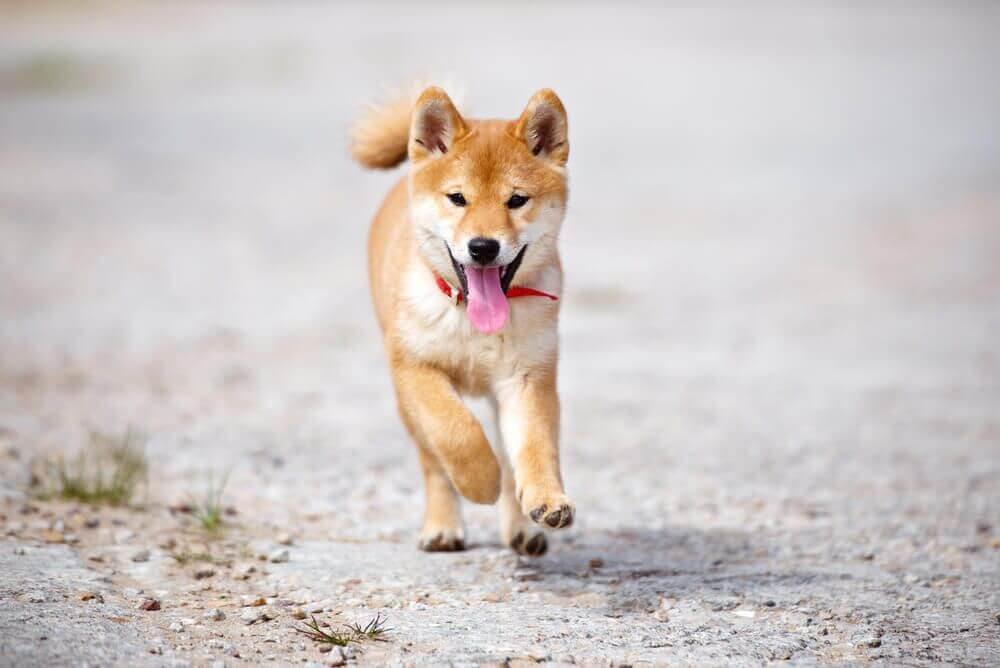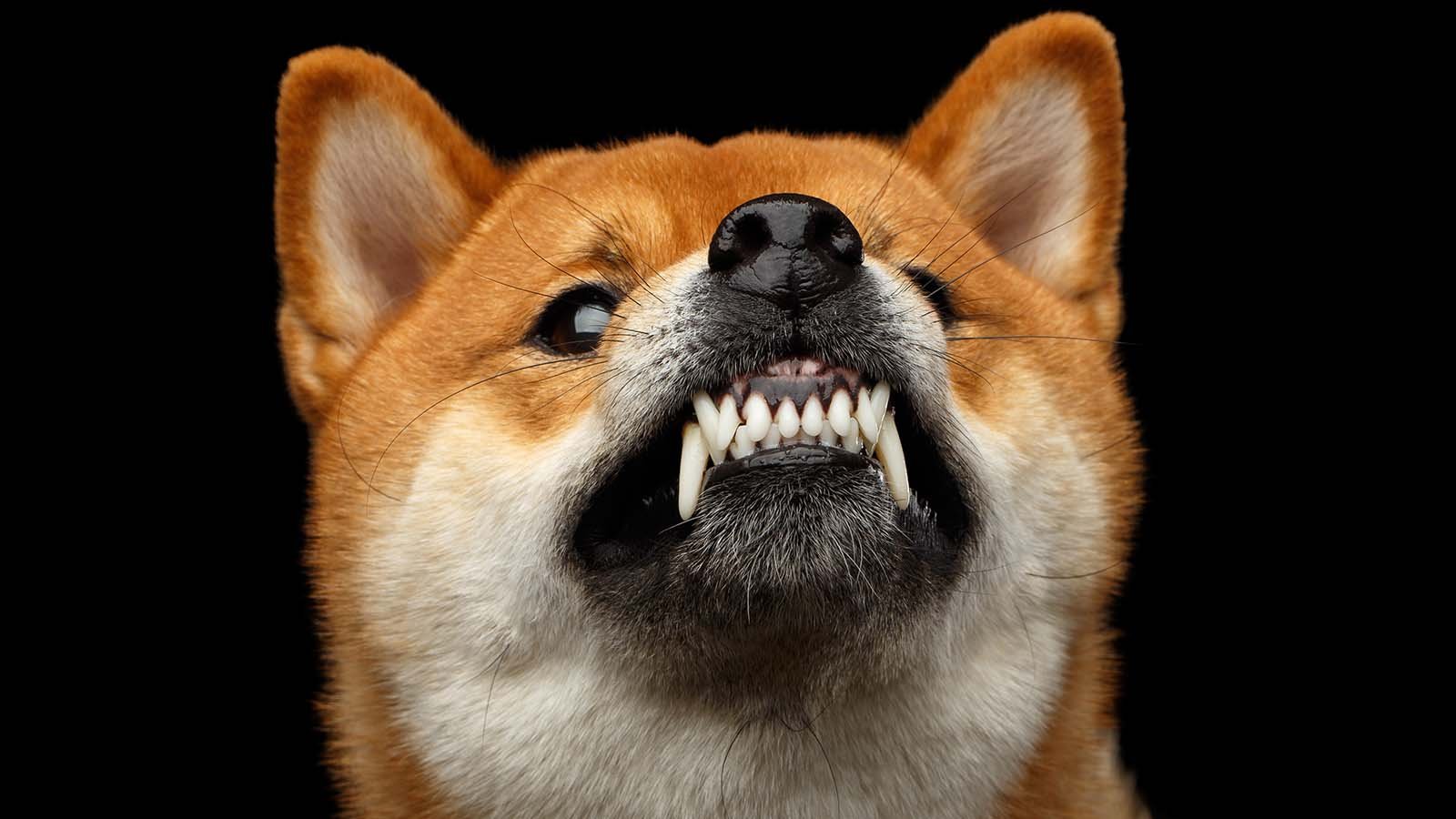Samoyed VS Shiba Inu – What You Need to Know
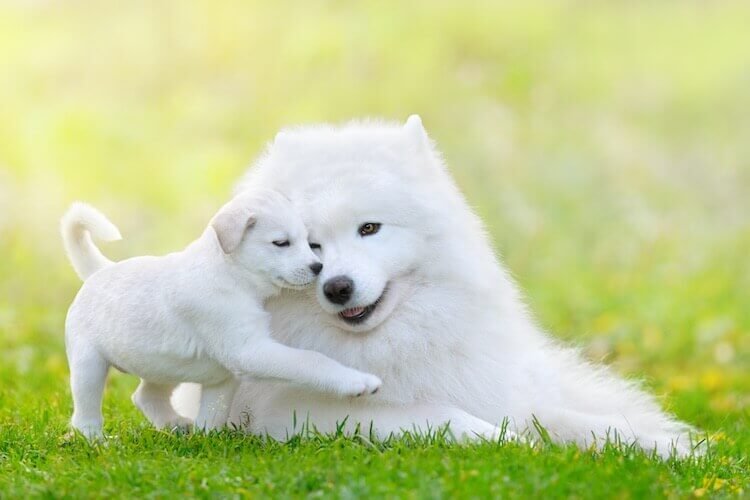
Samoyed VS Shiba Inu – These two breeds of dog might look similar, but they also have a few key differences. While both breeds are working dogs, Shibas are smaller and more agile, while Samoyeds are bigger and have more energy. The other significant difference is in color- Shibas come in red, black, white, and tan, while Samoyeds come in cream, white, grey, or sable.
This article will help you understand the similarities between these two breeds of dog so you can decide which one would be best for your lifestyle!
What is a Shiba Inu Dog breed?
The Shiba Inu was originally bred in Japan and is a Japanese breed of dog. It is the smallest of Japanese dogs’ six original and traditional breeds and has a compact, agile body. Shibas were bred for hunting small animals. This breed is also known as Shiba Ken which became primarily famous in the twentieth century. The first Shiba Inu ken was imported into the USA in the year 1954.
Later American kennel club recognized this breed in the year 1992. Initially a hunting dog, it is now mainly kept as a pet or companion animal. As with most dog breeds, Shiba Inu puppies are born white; they begin to turn red at around three months old and fully mature by about four years old.
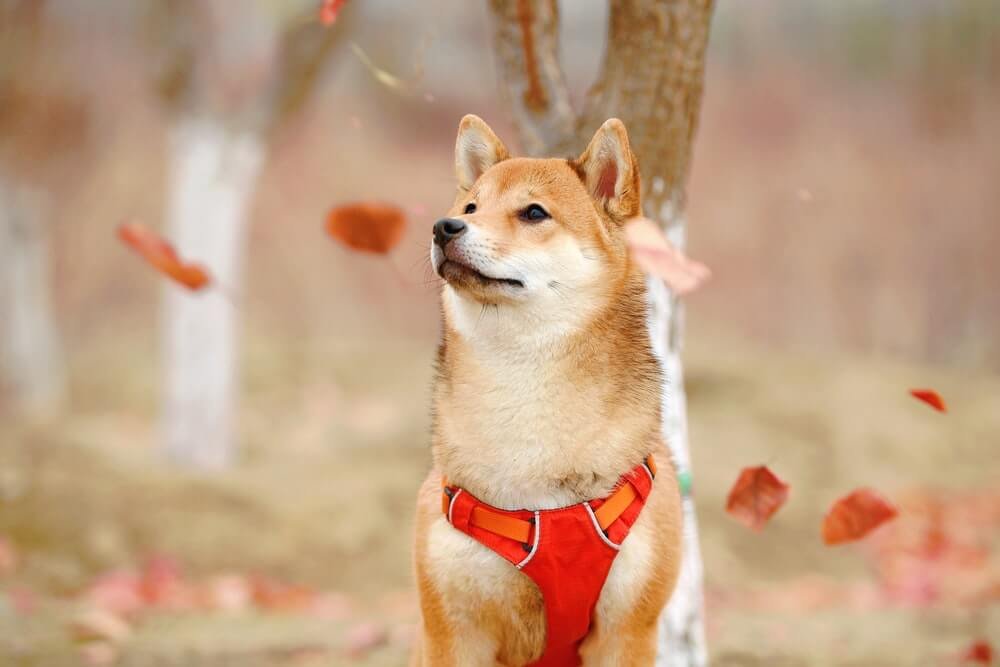
The Japanese Shiba Inu breed is known to be alert, bold, and confident. This Japanese small size dog is also very loyal, affectionate but also very independent. This can make them a challenge for first-time dog owners as they don’t like being told what to do all the time. Shiba Inus are often compared to cats-they are intelligent, clean, bold, and can be challenging to train. They might cause trouble to first time owners.
What is a Samoyed Dog?
A Samoyed dog breed is a medium-sized breed of sled dog originally from the Arctic region in the Russian province of Siberia. The Samoyed was bred for centuries by the Samoyed people to pull heavy loads long distances across heavy snow and ice, such as when transporting goods to distant villages across the frozen wastelands. Samoyed was initially bred as a working dog. Samoyeds are an all-weather breed with a weatherproof double coat that includes a stiff, straight-haired outer coat and a soft, downy undercoat. The American Kennel Club recognized samoyed dog in the year 1906.
The Samoyed is a Nordic breed, closely related to the Nenets herding dog. Samoyeds are an ancient breed that has been used for centuries as a sled dogs. Samoyed means “self-sampler” because This working breed of dog will put their head into the snow to find the tastiest food or take a drink of water. Samoyeds are stubborn and strong-willed dogs who are not easy to train. Samoyeds are alert but tend to be wary of strangers at the first meeting.
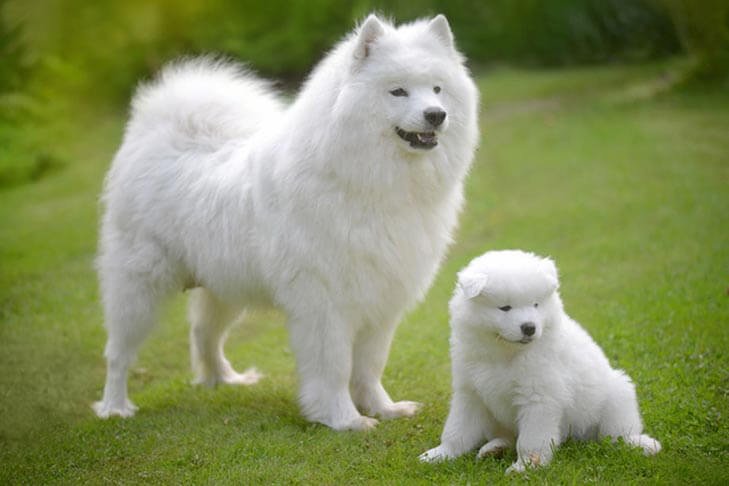
Japanese Shiba Inu and Samoyed breed- Appearance and Size
The Shiba Inu is a Japanese breed of dog that is an agile, game-bred hunting dog. Shiba is a dog bred initially been for hunting purposes. They are often called “the Little Lion Dog” in their native country. The Shiba’s most distinctive features are the red or orange coat with black or dark brown markings on the face and legs; they also have a foxy face showing sharply pointed ears.
The Shiba stands between 13 and 16 inches tall but can weigh up to 20 pounds. They are a very agile breed capable of climbing trees, so they often live in rural or suburban areas where there’s plenty to explore.
The average life expectancy for this dog breed is 12 to 15 years, with some living as long as 18 years old. The Samoyed is a fluffy, white dog with a curled tail. It typically stands between 23 and 27 inches tall. The Samoyed is an average-sized working dog, and its weight usually ranges from 44 to 55 pounds. They have a life span of 12 to 15 years. When we compare Shiba Inu with the Samoyed, we can say that both breeds have a similar lifespan.
They are robust, muscular, and compact in build with a shorthaired coat that is thick and woolly. They have large heads with erect, triangular-shaped ears, and they have dark eyes. Samoyed colors are white or cream-colored coats often accompanied by black, gray, or tan markings on the face, tail tip, feet, and sometimes across their shoulders.
Both the Samoyed and the Shiba Inu are working dogs that originated from Siberia. While their origins may be similar, Shibas and Samoyeds both have some key differences, which you should know about if you’re considering owning one as a pet.
First, Shibas are smaller than Samoyeds. Both breeds were bred to work outside in cold weather conditions for long periods, but Shibas are more agile and active than Samoyeds, generally more significant.
Second, Shibas come in red, black, white, and tan, while Samoyeds come in cream, white, grey, or sable. While their coat colors are different, the patterns on both breeds’ coats differ. Shiba Inu’s coats have a distinct “Tora-ge” (tiger-like) patterning, while Samoyeds have a more random pattern. Finally, Shibas tend to be slightly shorter than Samoyeds because they’re smaller dogs overall.
One other difference: Shibas like to keep their fur clean and neat, whereas Samoyeds allow their coats to get dirty and messy, which is part of their work as a herding dog.
If you’re looking for a smaller, more agile breed to take on your next hiking or camping trip, then Shiba Inus might be the perfect breed for you; however, if you’ve got plenty of space in your yard and desire a giant dog that is very friendly with children and other animals than Samoyeds might be the better option.
Regardless of which breed you choose to adopt as your new pet, remember that either Shiba Inus or Samoyeds are bound to make an excellent addition to any household!

Personality and temperament
Shiba Inus are one of the most intelligent dog breeds in the world. They are also very playful and very friendly towards animals, especially other animals of the canine variety. Shiba Inus are so intelligent and adaptable than some Shiba Inu dogs can even learn how to play Shuffleboard. Shiba Inus also love children as well as other people, including strangers who come into their home. Shiba Inus are one of the most popular breeds of dog in the world right now due to their ability to be very affectionate and friendly with new people and animals they meet.
Shiba Inus usually avoid fighting and aggression if at all possible, though Shiba Inu puppies may begin fighting early on in life; Shiba Inus will almost always back off before a fight becomes severe enough for injuries to occur. Shiba Inus are generally friendly, but they can show hostile behavior towards other dogs.
Shiba Inu dogs have bred hundreds of ago as hunting dogs that would flush out their prey and allow hunters to quickly take down the Shiba Inu’s prey, which consisted of boar, deer, and bear. Shiba Inus are very affectionate towards people they know but especially wary of strangers. Family members of the Shiba should be prepared to keep an eye on Shiba to stop them from creating a mess.
Shibas need time either playing with other canines or by themselves doing something that does not require much attention from their owner(s).
Samoyed dogs are described as friendly, easy-going, adaptable, and devoted companions dog. These dogs are often used for herding or guarding livestock. These dogs prefer to follow their human companions at all times. They should be socialized well when kept with other pets.
The Samoyed is naturally very social, and even greeting strangers can be challenging for them because they want to interact with everyone.
In addition to Samoyeds bearing qualities of a guard dog, they also can be seen as an excellent family companion. They are playful with children, easy-going, and patient with other animals in the household. Samoyeds are not overly protective, but they tend to bark or alert their owners when strangers approach the property. Samoyeds should be socialized with children and other animals at an early age so these dogs will develop good dispositions around them.
Samoyeds are said to be one of the easiest breeds to train. They are eager to please and become quickly attached to their owners. Samoyed dogs need a lot of exercise and mental stimulation, so they have plenty of energy to burn. Without proper exercise, these dogs can become destructive in the home. Samoyeds will need to run, fetch and play, or become destructive such as chewing on furniture and digging in the yard. You can take them for long walks with yourself.
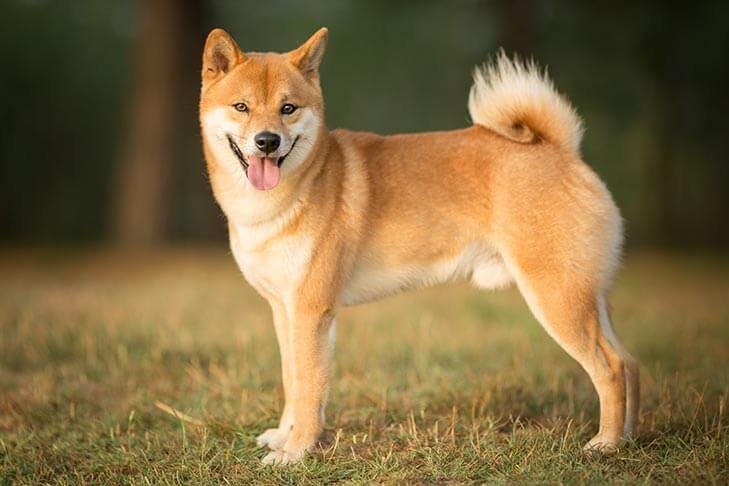
Health problems Samoyeds VS Shiba Inu
Samoyeds are a lot less active than Shibas. Samoyeds may also have a higher risk of developing Cushing’s disease, a condition that can lead to diabetes and cardiovascular disease. Samoyeds also have a greater risk of developing canine cancers such as lymphoma and osteosarcoma, and they tend to get cancer more often than other dog breeds.
Samoyeds also tend to suffer from some severe health conditions. These may include hip dysplasia or arthritis at an early age, possibly due to the weight of their coats, which makes it hard for them to get up and down stairs without assistance. Shibas, on the other hand, are one of the breeds most likely to develop patellar luxation or panosteitis. Shiba Inus are prone to hip dysplasia too.
The Samoyed has about a 10 percent chance of being affected by progressive retinal atrophy (PRA) and Samoyed hereditary nephritis (SIN), which can both lead to blindness. Samoyeds are also more likely to suffer from autoimmune thyroiditis, which is treatable with medication. Samoyed may have a higher risk of developing cancer due to their heavy fur coats.
Samoyed’s fur can cause overheating in hot temperatures and allows particles to become trapped close to the skin, possibly causing irritation or allergies.
Shiba Inu and Samoyed Grooming
Both Samoyed and the Shiba Inu dog breeds are known as heavy shedders. Shiba Inus can be a challenging breed to groom and need regular brushing and combing. Shiba Inu’s double coat sheds a lot during the shedding season. Shorthaired Shiba Inus should have their mattes brushed at least three times a week, while longhaired Shiba Inus require daily attention. Shibas are prone to allergies if their coat are not cleaned properly at certain intervals.
Shiba Inu dogs are also prone to developing matted fur, so it is essential to brush them down frequently. Grooming becomes a difficult task when you have Shiba or Samoyed as your pet. Daily brushing is a must to keep your Samoyed and Shiba’s coat clean. Samoyeds shed less than Shiba Inu. Owners can face problems during shedding season from Shiba Inu dogs. Their loose hairs are difficult to clean and need constant grooming. Shave off the undercoat in the spring to keep it from matting, and brush out any mats that do form. The outer coat should be brushed at least once per week.
Shiba Inu and Samoyed Training Requirements
Dog training can be a difficult task for Shiba Inu dog owners. Training Shiba Inu dog is not the easiest of breeds to train, but they are not impossible either. It might take some patience on the owner, but Shiba Inu dogs are considered brilliant dogs, which makes training them more accessible. It’s essential that Shiba Inus first obedience training is started right from an early age. Shiba and Samoyed can be trained while playing a small game that can grab their attention.
To train your Samoyed, you should start with teaching them basic obedience commands like “sit,” “stay,” “come,” and “down.” You can use food treats or toys to motivate the dog into following your orders. Once you’ve mastered these basics, you can move on to more complicated commands like “fetch” or even learn some tricks!
Shiba Inu and Samoyed Exercise Requirements
Shiba Inu does not take strenuous exercise, and even if they understand an order, Shiba Inus respond better to positive reinforcement training. Since Shiba Inus are inquisitive dogs, they require constant supervision and care to keep them out of trouble. Shiba Inus also tend to become aggressive towards dogs that they consider their ‘enemies.’ Shibas need a lot of physical activity to keep their energy level in control. Shibas are good watchdogs and are dog friendly if appropriately socialized. The family member of the dog should be ready to take care of their dog when they get them home.
Samoyed dogs need regular exercise and grooming to maintain their health and appearance. The Samoyed needs regular exercise in the form of a long walk or jog and should be taken on a leash in public areas so they don’t get in fights with other dogs. These dogs are by nature intelligent and independent, which means they don’t always follow orders. They also require little discipline or negative training techniques because they’ll refuse to do what you want if they feel like it. For these reasons, Shiba Inus are often recommended for first-time dog owners instead of Samoyeds.
Samoyed VS Shiba Inu Litter size
The Samoyed is a very energetic and alert dog. Samoyeds are known for being a family pet that loves to entertain its owners. Samoyeds have a unique coat – it stands off at the ends and falls in a kind of mane. Samoyed can be a little difficult to train because they may not do what you want them to do. Samoyeds are born with an undercoat, which makes their coat fluffy.
The Shiba Inu has been bred from Japanese wolves for thousands of years. The Shiba Inu has a lot of energy and likes to bark. They get along well with other animals, including cats and smaller dogs. It is essential to understand that the Shiba Inu is a hunting dog, so it can be challenging to train. They are independent dogs who could quickly go off and do their own thing if left alone for too long.
The Samoyed has an average litter size of about 6 puppies. The Samoyed usually gives birth between January and February. Samoyeds are famous for the Samoyed Smile, which is when Samoyeds show their teeth in a kind of grin-like way. Samoyeds are generally pretty healthy dogs and live to be about 13 years old on average. Samoyeds have beautiful blue eyes and blond fur.
How to choose between Samoyed VS Shiba Inu
As you can see, Shibas and Samoyeds are two very different breeds of dog with a few key differences. If you’re looking for a smaller breed that is small, agile, and doesn’t need much time grooming but still wants to be outdoorsy, then the Shiba Inu might be right up your alley and your best bet; however, if you want something more prominent with a coat that needs more attention in terms of brushing and bathing and love spending time outdoors in cold weather then the Samoyed is perfect!
When it comes down to what kind of pup would suit your lifestyle better, all signs point to these two incredible dogs as suitable matches. Ask yourself which one looks more like this type of pet? We can help answer any questions about either, so reach out today!
